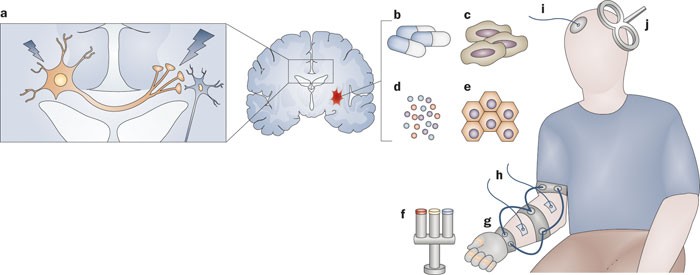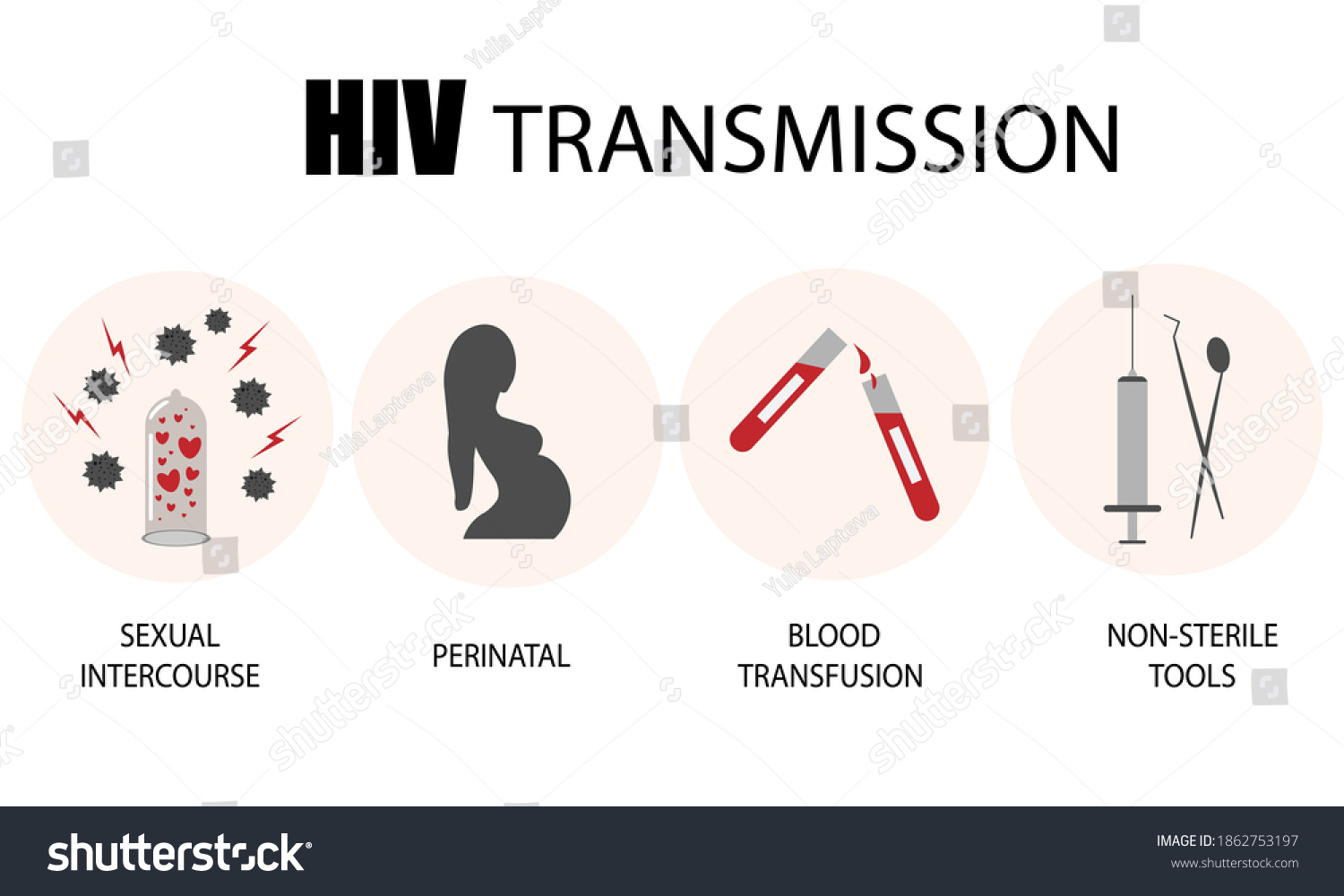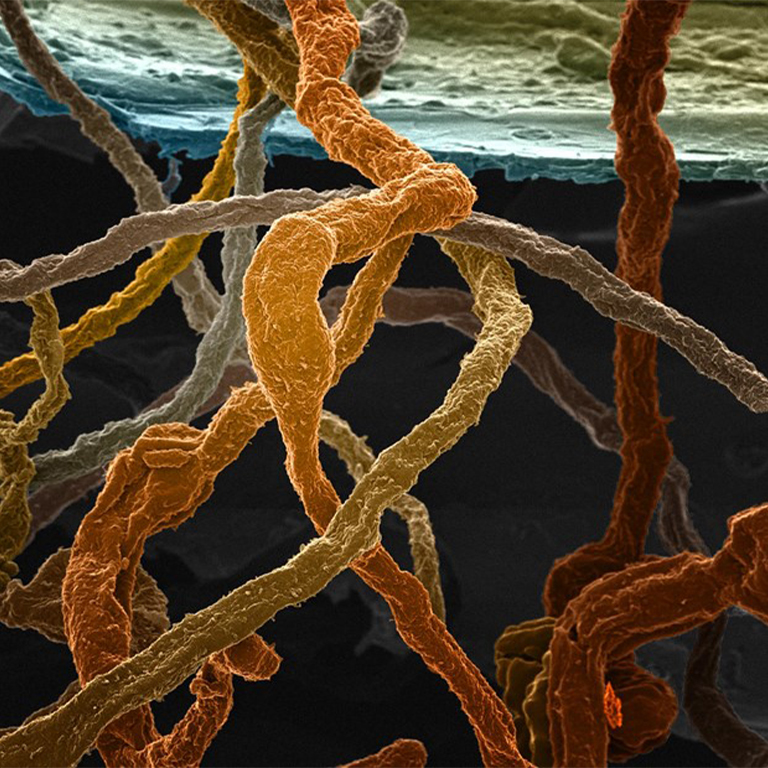Stroke Recovery and Neuroplasticity
The Incredible Resilience of the Brain: Neuroplasticity and Stroke Healing
Stroke damages brain cells, impairing brain function and being the primary cause of disability. Nevertheless, even after an injury, the brain may adapt and reorganize because to a remarkable property known as neuroplasticity. This blog article explores the importance of neuroplasticity in stroke healing and its potency.
Table of Contents

Recognizing Neuroplasticity: The Brain’s Capability to Rewire
The term “neuroplasticity” describes the brain’s enduring capacity for adaptation. This comprises:
- Creation of new neural connections: Even in regions not usually associated with certain tasks, the brain is capable of forming new connections between neurons.
- Strengthening existing connections: enhancing current relationships Frequent stimulation improves the strength and efficiency of already-existing connections.
- Cortical map reorganization: Following a stroke, the brain can reallocate functions to unaffected regions.
Stroke Recovery and Neuroplasticity
The brain can repair itself and restore lost abilities thanks to this amazing capacity.
How Does Neuroplasticity Help in the Recovery After a Stroke?
Stroke Recovery and Neuroplasticity
Damaged brain regions cannot function normally after a stroke. But neuroplasticity makes possible:
- Recruitment of unharmed brain regions: The brain’s healthy regions can assume responsibility for tasks that the damaged regions had previously performed.
- Strengthening existing connections: Repetitive exercise improves function in afflicted areas by strengthening the connections that are still there.
- Creation of new neural pathways: New neuronal pathways can be formed through stimulation and therapy, which may lead to some degree of function restoration.
The degree of recovery is contingent upon several factors, such as:
Stroke Recovery and Neuroplasticity
- Damage from the stroke: More severe damage could make recovery less likely.
- Location of the stroke: The potential for reorganization and the functions that may be compromised are determined by the afflicted brain area.
- Patient’s age: The flexibility of the brain is often greater in younger people.
- Strength and length of rehabilitation: Therapy encourages neuroplasticity and speeds up healing.
Maximizing Recuperation: Methods to Boost Neuroplasticity
Stroke Recovery and Neuroplasticity
Following a stroke, a number of tactics can enhance neuroplasticity and aid with recovery:
- Rehabilitation therapy: Targeted stimulation is used in physical, occupational, speech, and cognitive therapy to strengthen preexisting neural pathways and promote the development of new ones.
- Mental and physical activity: Neuroplasticity can be strengthened by regular exercise and mentally challenging pursuits.
- Good lifestyle choices: Eating a balanced diet, getting enough sleep, and controlling stress all help to create a brain environment that is conducive to plasticity.
Beyond Recuperation: An Ongoing Procedure
Stroke Recovery and Neuroplasticity
Neuroplasticity is important for more than simply stroke recuperation. It affects memory development, learning, and the general health of the brain throughout life. We can sustain our brain’s plasticity and preserve cognitive function for years to come by forming healthy habits and participating in stimulating activities.
Stroke Recovery and Neuroplasticity
Recall that while a stroke can be fatal, there is still hope for recovery thanks to the brain’s adaptability. A healthy lifestyle, commitment to therapy, and early intervention can all greatly enhance recovery from a stroke.





Recent Comments